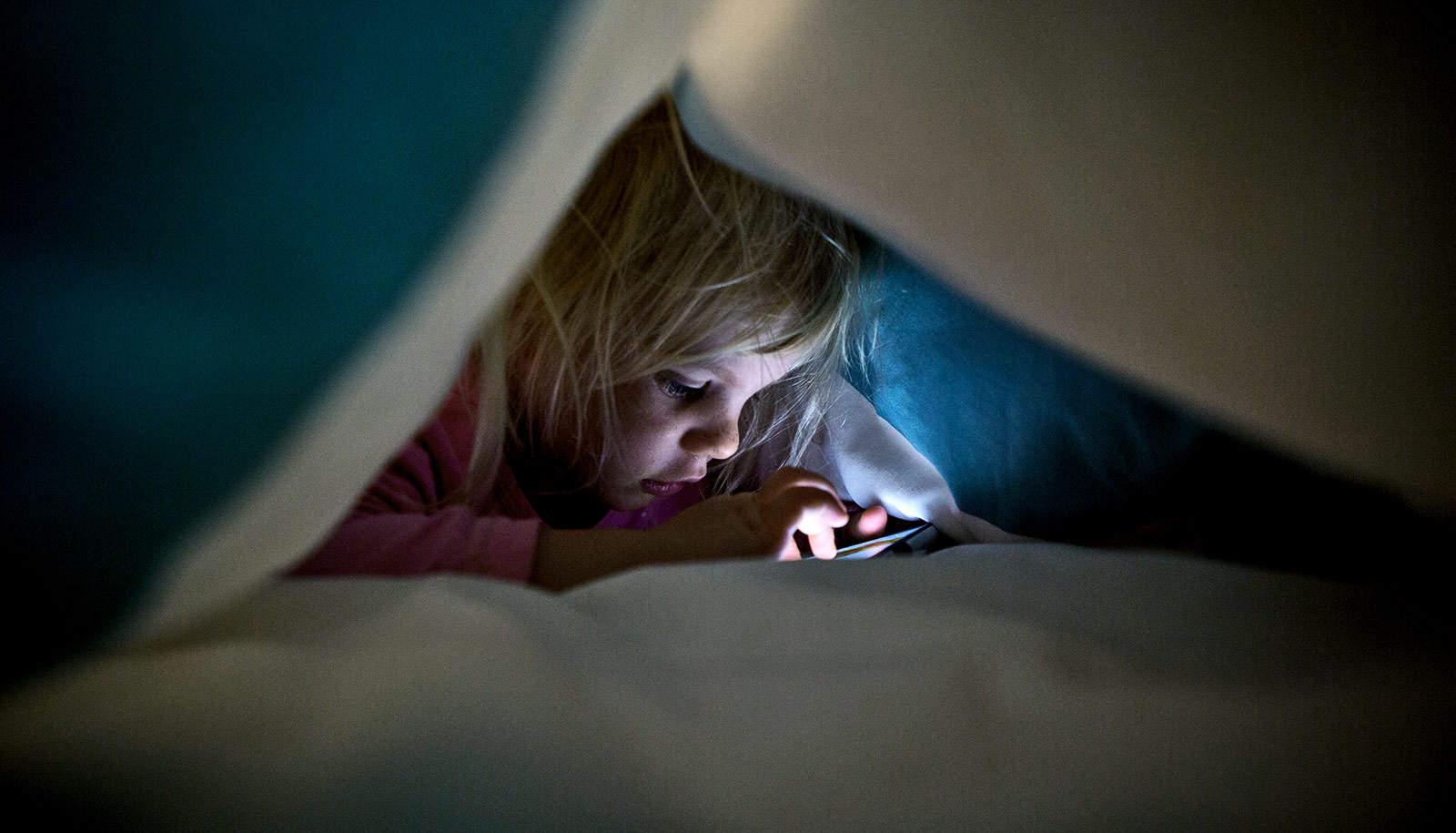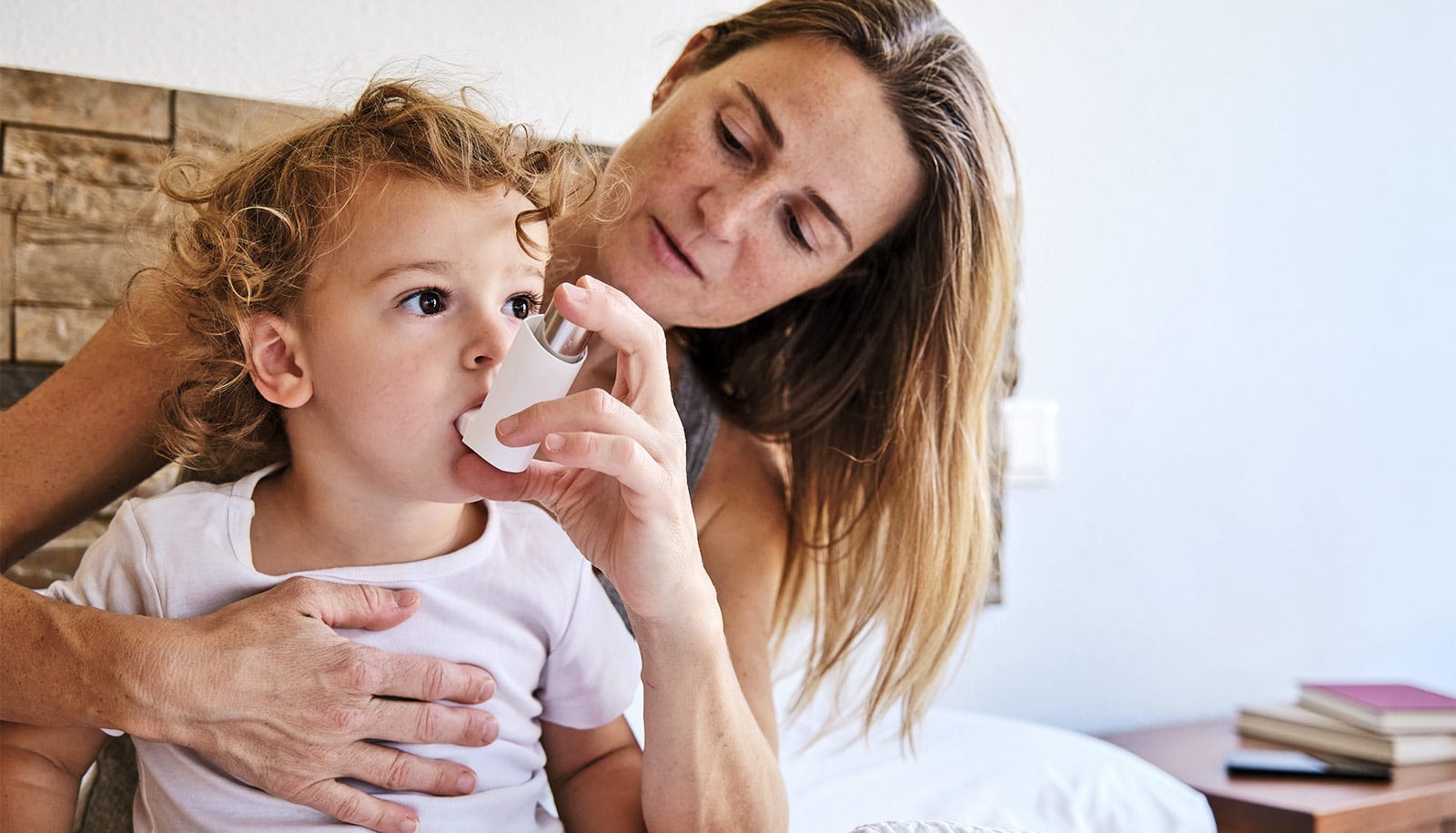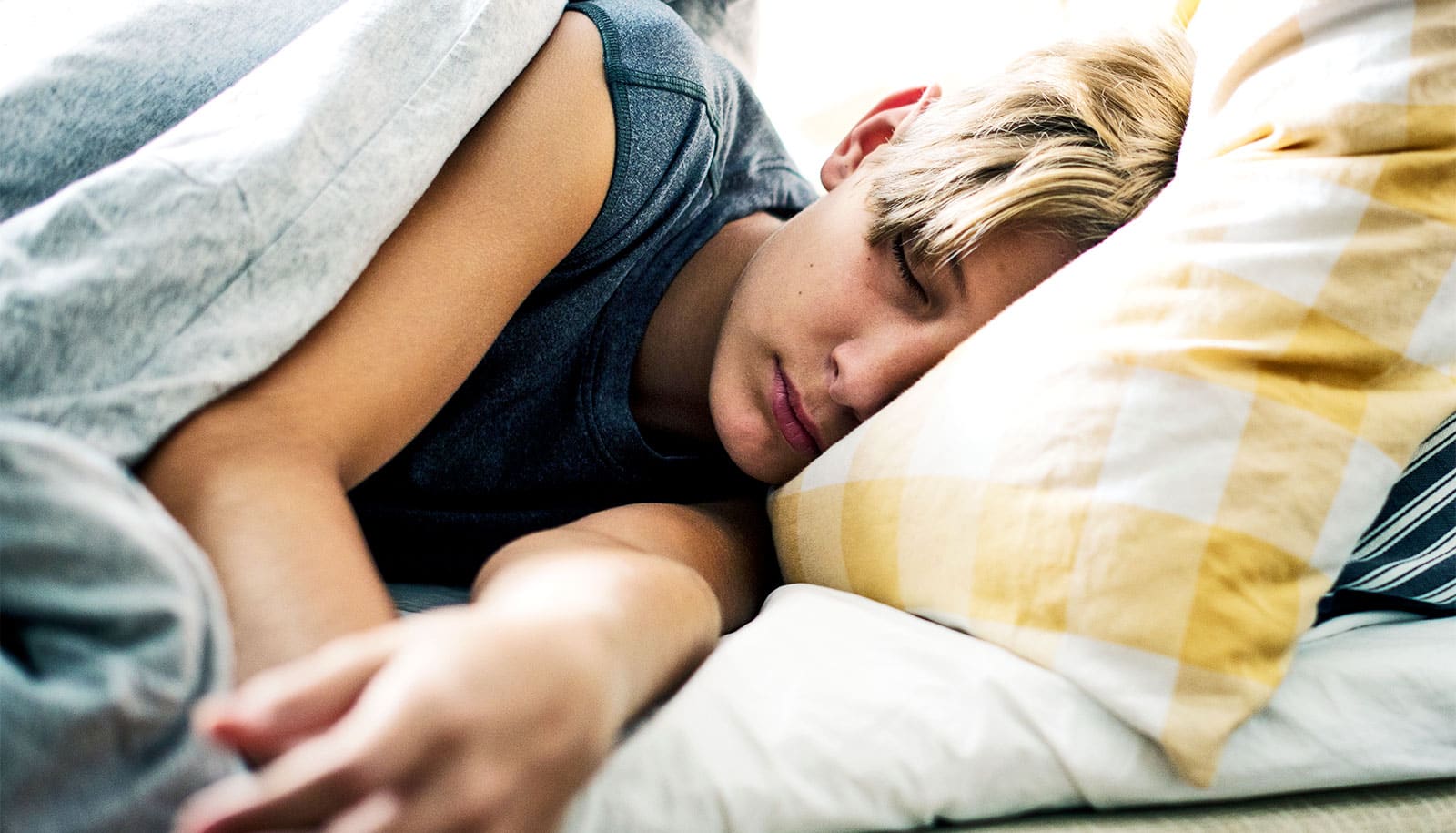Increased media use is linked to preschoolers getting less sleep at night and more sleep during the day, report researchers.
“…children with televisions in their bedrooms were 127 percent more likely to engage in sneaky media use…”
Previous research indicates that children ages two to five should only use screen media for about one hour a day to ensure their healthy growth and development. This guideline, however, is rarely followed. In the current study, daily screen time for preschoolers was more than double this recommendation.
This isn’t good, because media use can chip away at a restful night’s sleep for young children, threatening their ability to get the 10-13 hours of sleep they need per night, say study authors Jessica Moorman and Kristen Harrison of the communication studies department at the University of Michigan.
Inadequate sleep among children has been linked to obesity, depression, and anxiety, as well as weak school performance and poor social behaviors, such as acting out or displaying aggression toward peers.
How kids take in media
The researchers assessed TV, DVD/VCR, video games, and computer/internet usage among 278 preschoolers, with average age of four years old. Parents and guardians completed an online or paper questionnaire about their child’s bedtime behavior. They reported the hours of nightly sleep, daily naps, and quantity and times of media usage.
In addition to providing demographic information, parents responded to questions about sneaky media use—a new measure representing the frequency children are caught using media when they should be sleeping.
On average, respondents reported their children got close to 11 hours of sleep per day. Most of the children’s media use occurred on weekdays after preschool, in the evening before bedtime, and over weekend days.
About 19 percent of the children had televisions in their bedroom and 17 percent had two TVs in their room. More than 23 percent had a DVD/VCR and 9 percent had one video gaming system.
5 screen-time tips for children’s sleep
Moorman, a PhD candidate in communication studies and the study’s lead author, says kids caught using media when they should be sleeping slept less at night, took longer daytime naps, and went to bed later on weekdays compared to the never-caught group—all factors that can negatively impact a child’s healthy development.
Not surprisingly, children with televisions in their bedrooms were 127 percent more likely to engage in sneaky media use compared to those without a TV in their room.
‘Sleep consolidation’
Harrison, professor of communication studies and study coauthor, says that heaviest media users in the study likely have parents who are also heavy media users. This suggests that families should address these sleep concerns as a unit, not just for the youngest children in the household.
The bottom line: Although the kids are getting more than 10 hours of sleep daily, it’s the timing of that sleep over the day that raises some cause for concern, the researchers says.
“As kids age, they typically grow out of the need for a daily nap, and this process is called ‘sleep consolidation,'” Moorman says.
‘2 more minutes’ makes ending screen time worse
This can be observed in the differences between the sleep behavior of young infants who sleep at all hours of the day for longer periods of time, and seven-year-olds who can go all day without a nap, getting their 10 hours of sleep in at one shot at night.
“Although these children may be meeting their required hours of sleep during any given 24-hour period, a longer daytime nap suggests a disruption to a child’s process of sleep consolidation,” Moorman says.
The longer naps by the heavy and sneaky media users could be one seemingly innocent yet impactful health-harming behavior in preschool-age children, the researchers say.
The researchers report their findings in the journal Health Communication.
Source: University of Michigan



